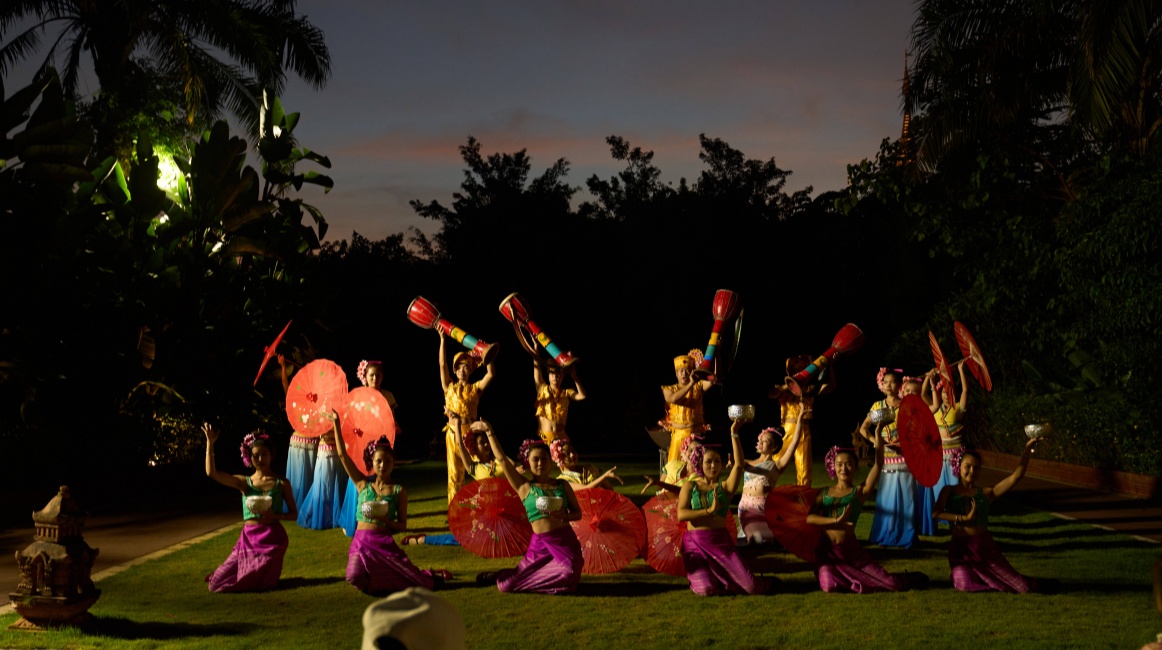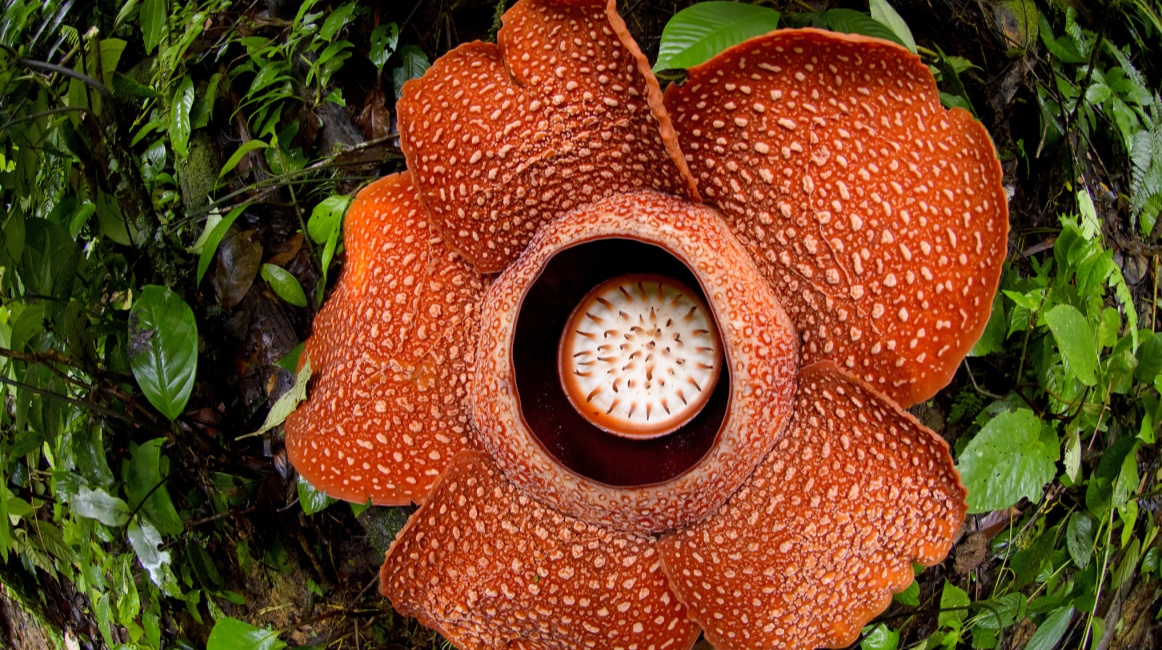South of the Tropic of Cancer, the Lancang River winds its way like a emerald green ribbon, nurturing a magical land: Xishuangbanna. While the north still basks in the chill of spring, this region is already lush and green; while the Central Plains scorch under the scorching sun, the rainforest provides a cool and pleasant haven. Xishuangbanna, meaning "Twelve Thousand Fields" in Dai, is not only a geographical transition zone but also a crossroads of civilizations, a rare oasis amidst the deserts of the Northern Hemisphere, and a poem of life written by the Creator on this blue planet. 
Entering the tropical rainforest of Xishuangbanna is like stepping into a vast laboratory of life. Parashorea chinensis towers skyward, its canopy undulating like green waves in the wind. Its plank-like roots act as natural screens, supporting the weight of the centuries-old trees. Strangler figs cycle through life with gentle violence, and vines slither through the forest like serpents. This land, which accounts for less than 0.2% of China's land area, is home to a quarter of the country's wildlife and a fifth of its wild plant species. In the morning, the cries of gibbons pierce the mist; at dusk, peacocks preen their magnificent feathers by the stream; at night, fireflies illuminate the forest with a dazzling display of lights. Every leaf here efficiently photosynthesizes, and every inch of land pulses with astonishing vitality, forming one of the most complex and intricate ecosystems on Earth. 
In this magical land, the Dai people dance with the rainforest, creating a unique and wise philosophy of survival. Dai villages are often built near mountains and rivers, with graceful bamboo houses nestled among towering coconut trees and banana trees. These stilt-style buildings, known as stilt houses, have elevated floors to protect against moisture and insects, while the upper floors house people. This adapts to the tropical climate while minimizing human intervention on the land. The Dai people believe in the simple ecological philosophy of "forests bring water, water brings fields, fields bring food, and food brings people." They designated the "Longlin" (dragon forest) as a sacred and inviolable forest reserve. This primitive awareness of environmental protection predates modern environmental protection by hundreds of years. During the Water-Splashing Festival, people bless each other with clean water, washing away the year's fatigue. During the Closing Festival, the entire village ceases work, allowing the earth to recuperate. The Dai people elevate the relationship between man and nature into a cultural belief, maintaining a reverence and humility for nature while meeting their survival needs.

In Xishuangbanna's botanical kingdom, every plant speaks of its wisdom for survival. Here, one finds the world's tallest bamboo, the Giant Dragon Bamboo, which can grow over 30 meters tall; the world's largest flower, the Rafflesia, which can reach over 1 meter in diameter; and the "dancing" dancing grass and the "shy" mimosa. Most astonishing are the seemingly still yet menacing plants: pitcher plants trap insects with sweet traps, the sap of the curare tree was once a deadly weapon hunters used to smear their arrowheads, and the very name of the strychnine tree alone is enough to evoke a chill. Within this world of both danger and beauty, humanity has also found countless gifts: the white milky sap of the rubber tree has transformed industrial civilization, the leaves of the Pu'er tea tree have fermented over time into a "drinkable antique," and a variety of tropical fruits satisfy humanity's most primal sweet cravings. These plants are not only residents of Xishuangbanna but also witnesses to the evolution of life on Earth, silently telling a story of life far older than humanity itself.

With the expansion of modern civilization, this pristine land of Xishuangbanna faces unprecedented challenges. The expansion of rubber and banana plantations is encroaching on pristine rainforests, climate change is impacting the survival of species, and a balance must be struck between tourism development and ecological protection. Yet, hope is also growing: The Xishuangbanna Tropical Botanical Garden of the Chinese Academy of Sciences has collected and preserved over 13,000 species of tropical plants, becoming a "Noah's Ark" for biodiversity conservation; ecotourism has taught local residents that "lucid waters and lush mountains are invaluable assets"; and the younger generation of Dai people has begun using new methods like livestreaming to spread traditional culture. In Xishuangbanna, people are gradually realizing that development should not be a struggle against nature, but rather a reconciliation with all things. As an elderly Dai man put it, "We are not the masters of the rainforest, but its children."

Standing on the land of Xishuangbanna, gazing up at the layers of treetops, listening to the chorus of insects and birdsong, humans can't help but feel their own insignificance. This land teaches us that the true meaning of civilization lies not in conquering nature, but in understanding and respecting the value of all life. Xishuangbanna is like an open encyclopedia of life, documenting the most primitive creativity of life on Earth and foreshadowing the possibility of harmonious coexistence between humanity and nature. In this emerald on the Tropic of Cancer, every leaf is whispering, every drop of water is singing, and together they compose a never-ending poem of life.



